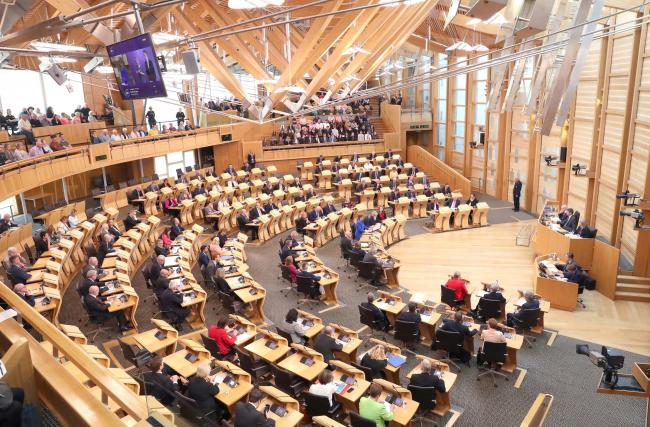A new report identifying a range of policy levers available to the Scottish Government to tackle child poverty has been published by the Fraser of Allander Institute.
The Scottish Government is due to set out its new plan for tackling child poverty in March. Around one in four children in Scotland are currently living in poverty in Scotland, whereas the Child Poverty (Scotland) Act 2017 sets a target to reduce relative child poverty to one in ten by 2030/31.
The report by the University of Strathclyde-based Institute, produced in partnership with the Policy Evaluation Research Unit at Manchester Metropolitan University and the Poverty Alliance, looks at measures such as: providing 50 hours of childcare per week, a significant expansion of child benefit and employability programmes and further increases to the Scottish Child Payment.
The authors do not provide recommendations and stress that the social security policies modelled are at a level that is not envisaged as realistic, or desirable. The analysis does, however, set out the scale of the challenge facing the Scottish Government and the cost and benefits of different approaches.
The modelling finds that investing in reducing poverty can have sizeable positive economic benefits through boosting demand for goods and services and increasing the size of the labour force.
The report also looks at costs. If income tax needs to rise to pay for policies, this could have some negative impacts on the economy, although this could be offset by long-term economic benefits from improved prospects for children no longer growing up in poverty.
In producing their report, funded by abrdn Financial Fairness Trust, the researchers integrated the expertise of parents with lived experience of poverty into the economic modelling – the first time this has been done in Scotland.
Their input provided context and additional insights that modelling work on its own would never discover. For example, parents living in poverty with children who have a disability highlighted the challenges of finding suitable and flexible employment and childcare that allows them to balance their caring responsibilities with employment.
Peter Kelly, Director the Poverty Alliance, said: “This has been a ground-breaking project bringing together economists, campaigners and, crucially, people with experience of living in poverty.
“Meeting our child poverty targets is a moral responsibility. With the interim child poverty targets needing to be met in 2023, we must now see a ramping up of action across a range of areas. As this report shows, bold policies exist that can stem and reduce the rising tide of child poverty. The next Scottish Government child poverty delivery plan must embody this boldness.”
Report author Emma Congreve, of the Fraser of Allander Institute, said: “Meeting child poverty reduction targets will mean structural change in our economy and our analysis shows some of the options available with the associated challenges. Bold decisions will need to be made if the government is to fulfil its statutory obligations.
“The scenarios we have modelled will not be the policies the government chooses but the next delivery plan must provide analysis which shows the impact of the policies that are put forward in order to be credible.
Rebecca Graham from abrdn Financial Fairness Trust said
“At a time when the cost of living is rising, policy-makers need to use all the levers available to them to reduce the impact on children living in poverty. Government has difficult decisions to make, but we will all benefit from a financially fairer society. “
The report can be read in full here.


Enter your email address to receive regular e-updates about our work. If at any time you want to stop receiving these, simply contact us. We’ll keep your details safe and won’t share them with any other organisations for their marketing purposes. For full details see our Privacy Policy.